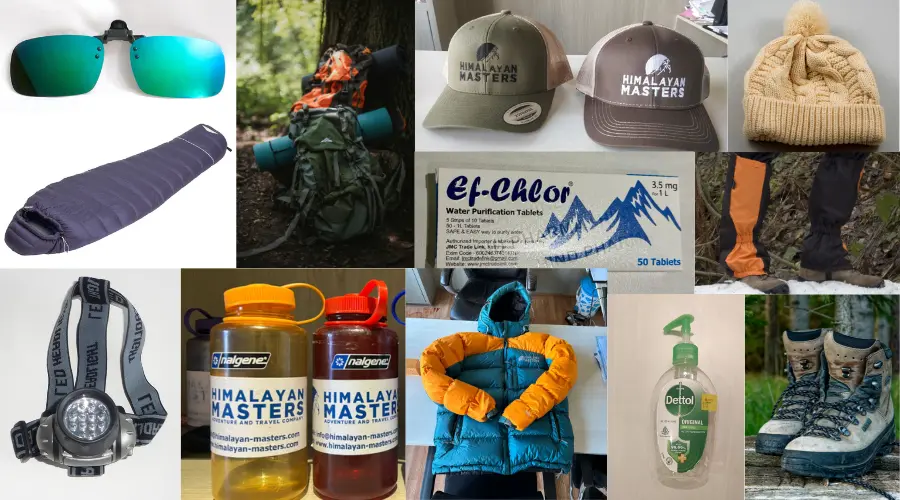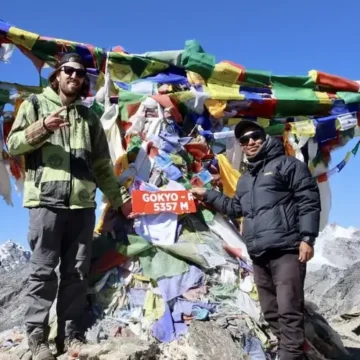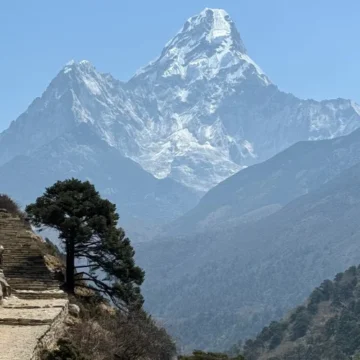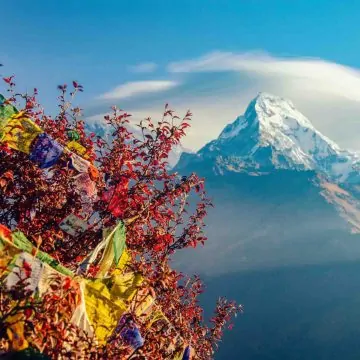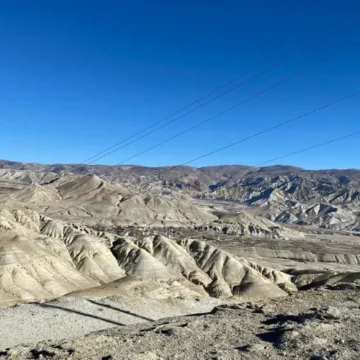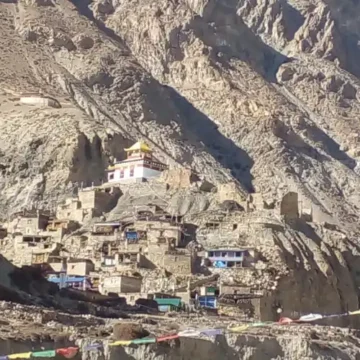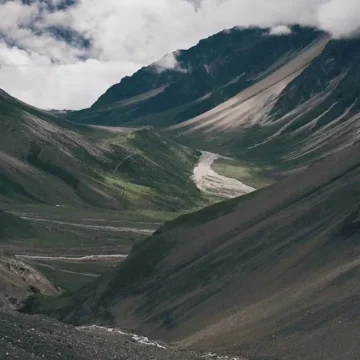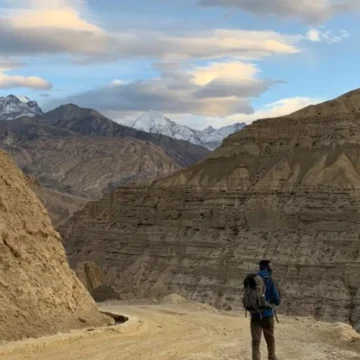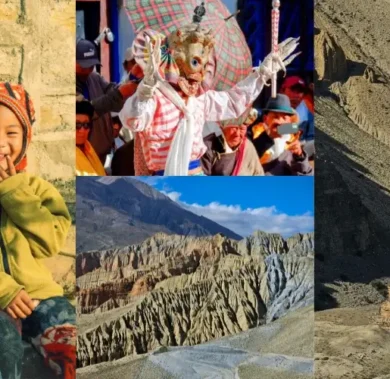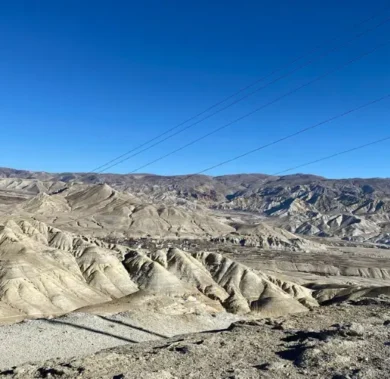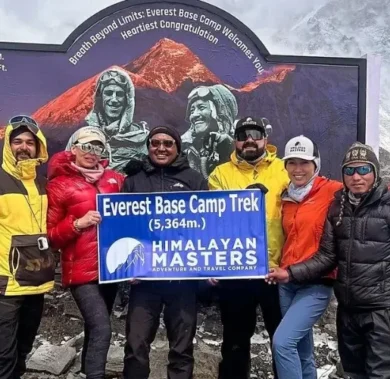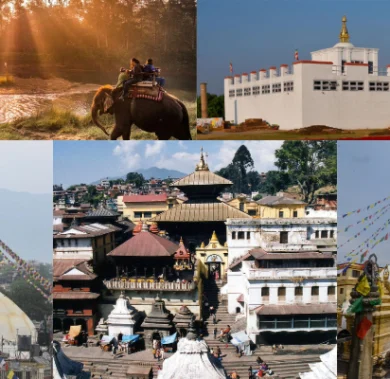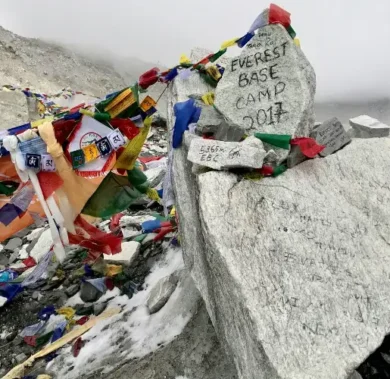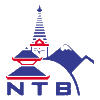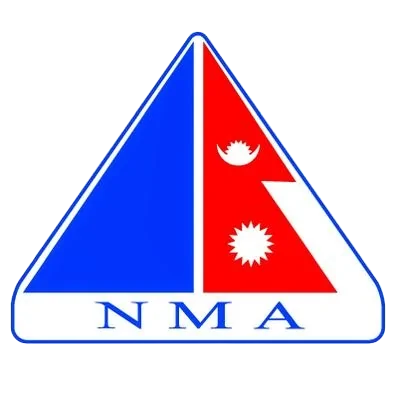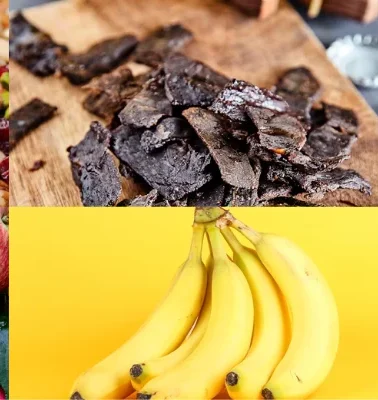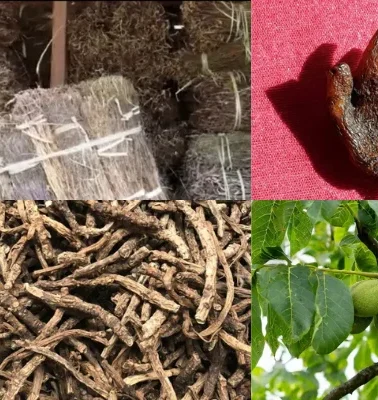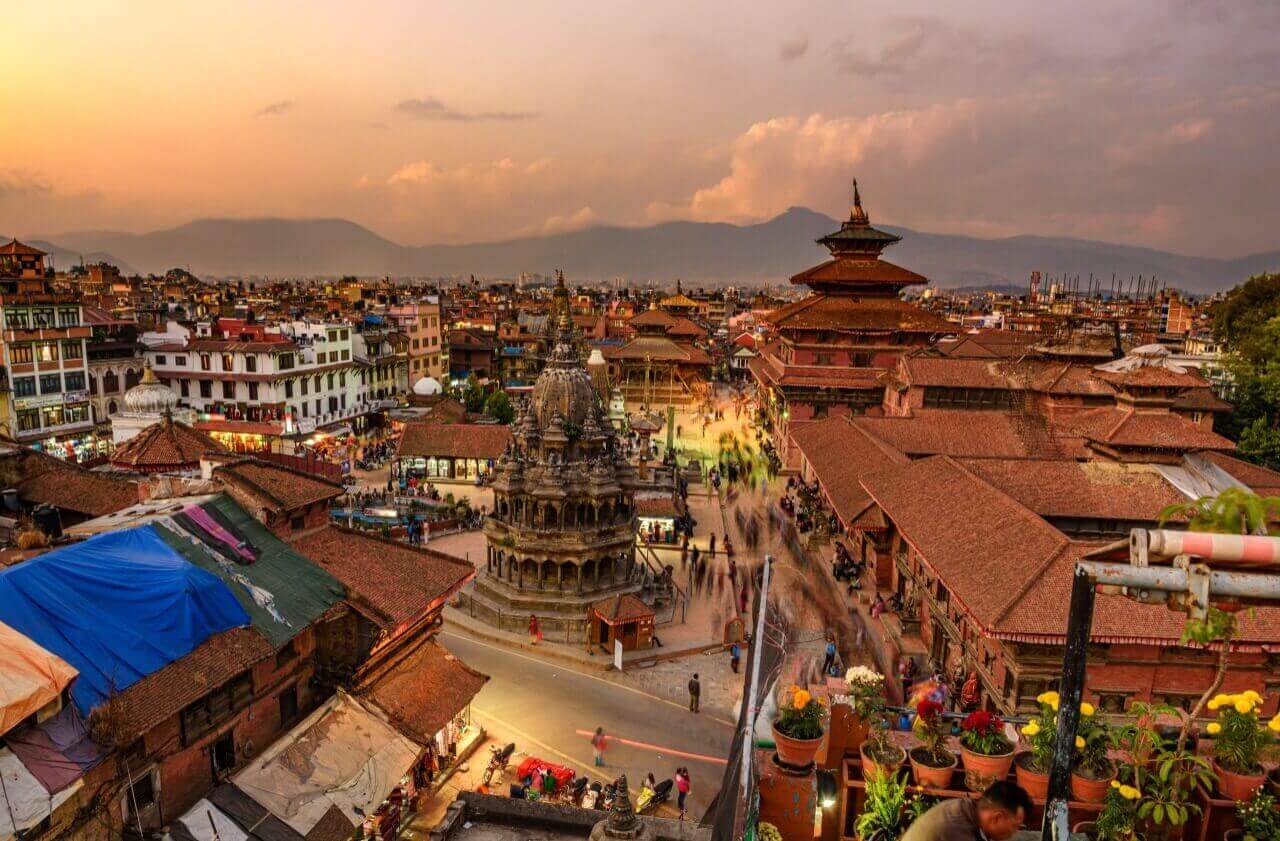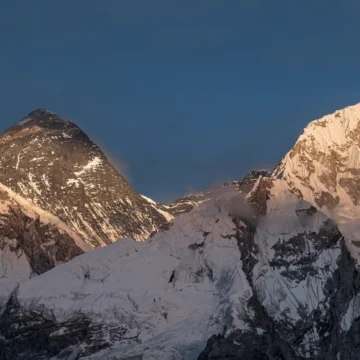
Recommended Gear and Packing List for Nar Phu Valley Trek
Table of Contents
The Nar Phu Valley Trek is one of the Annapurna region’s most iconic, remote treks. The Trek takes the trekkers to the two Tibetan-influenced, restricted villages: Nar and Phu. Additionally, this trek offers some great views, from lush valleys and low-altitude river basins to high-altitude passes, such as Kang La Pass (5320 m/17,454 ft). However, for a safe and memorable, make sure you have a complete Nar Phu Valley Trek packing list.
What you pack could prove to be the determining factor of your comfortable and safe trekking experience. Moreover, it is a must that you follow the layer system when packing. This means that you should pack your clothes based on the seasons in Nar Phu Valley.
Therefore, for a complete and up-to-date Nar Phu Valley Trek packing list, get in touch with Himalayan Masters. We provide assistance in selecting what to include and what not to include in your packing list.
So, let’s go through all the clothing and essential gear required for the Nar Phu Valley Trek.
Clothing for Nar Phu Valley Trek
Packing clothes for the Nar Phu Trek is the most crucial part of preparing for the Nar Phu Valley Trek. Further, packing according to season is as important as your physical fitness.
Although you have perfect physical and mental conditions but do not have warm clothes, you will fall sick due to the cold weather of Nar Phu Valley.
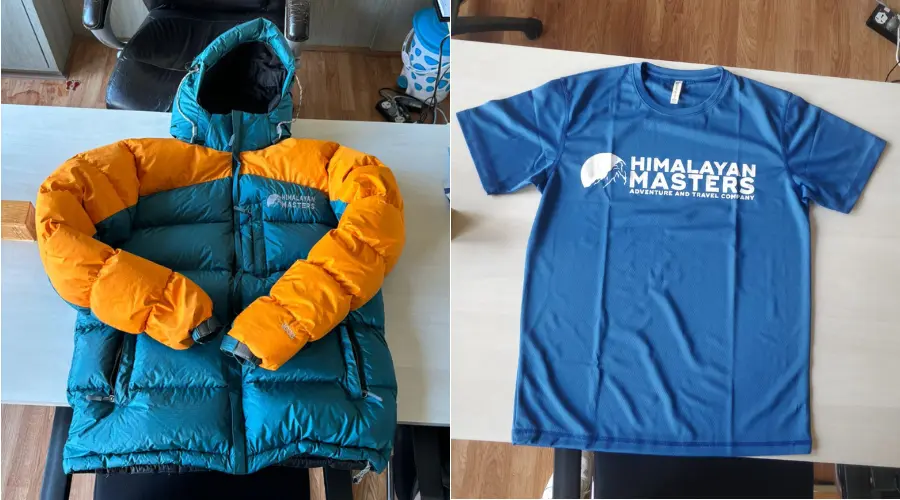
Here are some of the essential lists of clothing for the Trek.
Base Layer: 2-3 sets of moisture-wicking thermal tops and bottoms.
Mid Layer: 1 or 2 fleece or down jacket for insulation
Outer Layer: 1 water and windproof jacket and pants
Trekking Pants: 2-3 pairs of lightweight and breathable pants, convertible if possible
Gloves: 1 pair of warm thermal gloves and 1 pair of waterproof gloves
Headgear: 1 warm beanie, 1 sun hat, and 1 buff or scarf
Footwear: A pair of sturdy and waterproof hiking boots and 3-4 pairs of warm socks.
Furthermore, you can include 1 or 2 sets of casual wear to wear in the teahouse. Also, we suggest you buy merino wool clothes for warmth and comfort.
Sleeping Gear
A good night’s sleep is important when trekking to the Nar Phu Valley. If you do not get proper sleep, you might feel exhausted and further increase the Nar Phu Valley Trek difficulty.
Therefore, we suggest you pack some of the additional sleeping gear for extra comfort.
Sleeping Bag: One -20°C rated sleeping bag for extra warmth. It might be useful if you are uncomfortable sleeping in new places and for hygiene.
Sleeping Bag Liner: A sleeping bag liner for extra warmth and hygiene.
Pillow: A portable, inflatable pillow.
Sleeping Pad: A lightweight, inflatable sleeping pad for comfort
However, there is nothing to worry about if you forget some of these gears, as the teahouses will also provide a bed, blanket, and pillow to sleep.
Essential Trek Gears for Nar Phu Trek
Here are some of the essential trek gears for Nar Phu Trek, suggested by our experts.
Backpack: A 40-50L capacity backpack with a rain cover
Daypack: 20-30L capacity daypack to carry all your go-to items
Duffel Bag: A 70-100L duffle bag to be carried by a porter
Trekking Poles: An adjustable trekking poles to reduce strain on your knees
Leg Gaiters: A leg gaiter to protect from snow and debris entering your show
Sunglasses: UV ray protective sunglasses for high-altitude exposure
Headlamp: A headlamp with extra batteries for early morning walks and use at the teahouse
Hydration and Nutrition
Staying hydrated and energized is very important during the Nar Phu Valley Trek. So, we suggest drinking at least 3 litres of water and eating nutritious, digestible foods.
We suggest you carry a reusable water bottle or hydration bladder. However, it is important that you use a water purification tablet or portable filter before drinking it. Himalayan Masters provides a company-branded water bottle and water purification tablet for the trek as a complimentary gift.
Likewise, the food and accommodation on the Nar Phu Valley Trek route are good enough. The teahouses offer freshly prepared food, providing energy for the trek. However, we suggest packing some snacks like nuts, dry fruits, energy bars, electrolytes, chocolates, etc., for long walking days.
How to maintain health and hygiene?
Good health and hygiene are important for a successful and comfortable Nar Phu Trek. So, in case of small injuries, packing a first-aid kit, which includes bandages, antiseptic, painkillers, medicine for altitude sickness, etc., is important.
Additionally, remember to include sunscreen, lip balm, and sanitiser for high-altitude exposure. Likewise, packing wet wipes, toilet paper, brushes, toothpaste (small-sized), small towels, etc., for personal hygiene is suggested.
If you are under any medication, you need to bring them by yourself. And inform your travel agency and guide if you have any allergies and food constrictions. It helps us plan accordingly.
Essential Electronics for the Trek
Bringing big and heavy electronic items is not wise. However, who does not want to take photos and videos of Nar Phu Valley’s beauty?
So, you can bring mobile phones and/or small, portable cameras with extra batteries. Also, there is frequent electricity outage, so electricity might not be available at all times. So, we suggest you bring a power bank with a good backup or a solar charger.
Also, there might not be a plug compatible with your charger. Bringing a Type-C or multi-purpose travel adapter for the trek would be better.
Important Documents and Miscellaneous Trekking Gears
Including essential documents is equally important as clothing for this trek. Do not forget to pack your passport with at least 6 months of validity. You can apply for Nepal Visa on Arrival once you arrive at Tribhuvan International Airport (TIA) in Kathmandu or from your own country.
Likewise, get all your Nar Phu Valley Trek permits, such as Restricted Area Permit (RAP) and Annapurna Conservation Area Permit (ACAP).
Further, some Nepali currency (about NPR 2000 to 3000 for each day) should be carried in cash, as there are no ATM services en route. Packing a notebook and pen to keep records of your trek.
Some other items you can consider packing are soap, a small book/kindle, a compressed bag or day plastic bags, a pocket knife, a lighter, a small clove of ginger and garlic, a trekking map, etc.
Optional Gear
There is other optional gear that you might want to pack for convenience.
Crampons: For walking on snow, especially useful for winter trekking
Hot Water Bottle: To keep water warm, especially for nights
Binoculars: For spotting wildlife and mountain views at far sight
Extra Bedsheet: For use in the teahouse
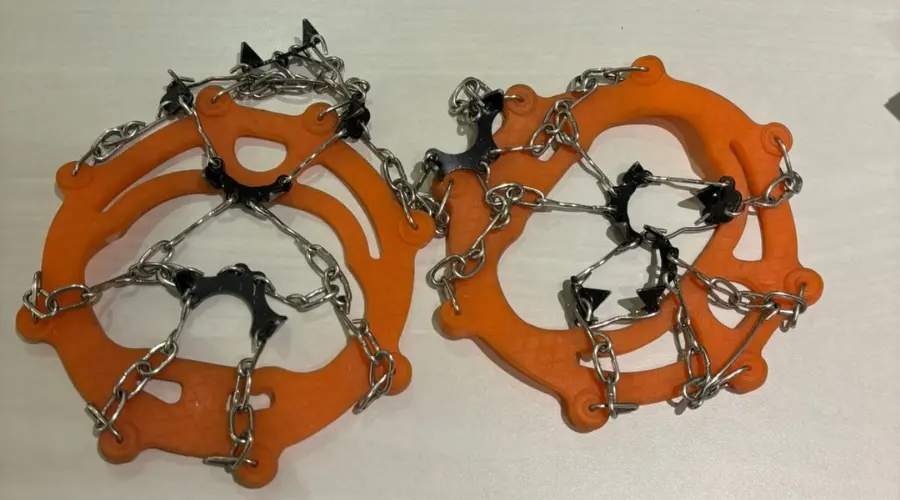
Is the Gear and Packing List for Nar Phu Valley Trek Different by Season?
Yes, the gear and packing list for the Nar Phu Valley trek varies with changes in seasons.
During spring (March to May) and autumn (September to November), you can pack lightweight clothes. You do not require heavy, thick clothes, which directly reduces your luggage weight.
In contrast, for winter (December to February) trekking in the Nar Phu region, you must pack warm, thick clothes. Likewise, you will need additional trekking gear like crampons (with trekking boots compatible with crampons), ice axes, etc.
Meanwhile, packing rain cover and insect repellant is important for monsoon trekking (June to August).
How to manage the gear and packing list for the Nar Phu Valley Trek?
Where to buy and what to buy for the Nar Phu Valley trek is one of the most confusing yet crucial questions.
Buying good quality trekking gear is essential if you are a regular trekker; if not, you can rent it in Thamel, Kathmandu. Nevertheless, we also provide some trekking gear like sleeping bags, duffle bags, trekking poles, down jackets, etc., for the trek, included in the trek package.
While buying trekking gear, you must check its quality, cost, weight, and rental options.
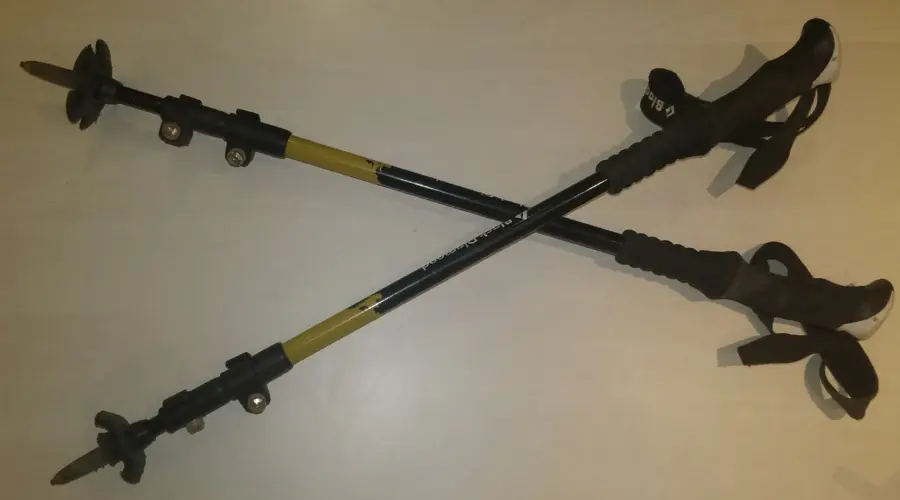
Additional Tips for Your Smart Packing List
- Pack as light as possible.
- Use packing cubes or compression bags to manage your gears and separate used and unused items.
- Carry extra shoelaces, duct tape, and sewing kits in case.
- When buying inner layer clothing, consider buying clothes that are easy to dry, do not smell, and are quick to wick sweat.
- Test all your trekking gear beforehand instead of using it directly in the trek only.
- Do not overpack or bring anything that is heavy or valuable in the trek.
- Opt for multifunctional items instead of single-use items.
- Be well prepared physically and mentally.
Want to know more?
Speak to an Expert


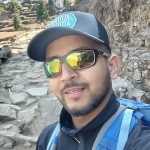


Sandip Dhungana
Nepal 🇳🇵
Whatsapp: +977-9823636377

